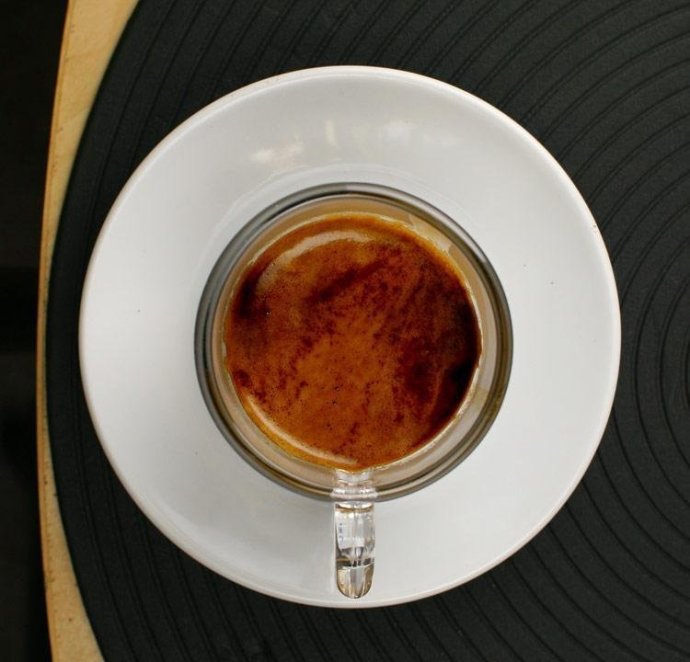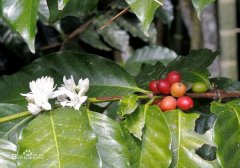Espresso (Espresso) espresso strong taste coffee bean mix
Espresso (Espresso), or espresso espresso, is a strong type of coffee that is flushed out by 130PSI under high pressure and ground into a fine coffee powder at 90.5 degrees Celsius hot water. It was invented and developed in Italy and began in the early 20th century, but until the mid-1940s, it was a drink made separately through vapor pressure. After the invention and successful commercialization of the Spring Lever (spring piston lever) coffee machine, espresso was transformed into a drink known today. The pressure used in the production process is often 9 to 10 atmospheric pressure or bar pressure.

By definition, espresso has a thicker texture than dripping coffee and contains more dissolved matter per unit volume than dripping coffee; supply is usually calculated in terms of "shot". Espresso is chemically complex and changeable, many of which decompose due to oxidation or a drop in temperature. A feature of properly brewed espresso is the presence of coffee fat (crema), a reddish-brown foam that floats on the surface of espresso. It consists of vegetable oils, proteins and sugars. Coffee fat has the combination of emulsion and foam colloid.
Through the short-time and high-pressure brewing process, the unique flavor of a cup of coffee is stronger than other brewing equipment after being concentrated. However, there is less caffeine because of the short quenching time. Espresso is often used as the basis for coffee drinks mixed with other ingredients (such as milk or cocoa), such as lattes, cappuccinos, macchiato and mocha, without over-diluting the coffee.
Important Notice :
前街咖啡 FrontStreet Coffee has moved to new addredd:
FrontStreet Coffee Address: 315,Donghua East Road,GuangZhou
Tel:020 38364473
- Prev

What are the effects of the opponent making coffee? Fine coffee, coffee utensils, filter cup, hand brewer.
The first group was counterclockwise one minute and then poured coffee into V60, while the second group was still but stirred in the last ten seconds and finally poured into V60. In terms of the first way, compared with the usual drinking coffee, there is a feeling, excellent, a little bit of rubber and turpentine taste, while the second taste is balanced, but light. In fact, it's like a cup test.
- Next
Macchiato espresso Macchiato Coffee Italian mixed beans
Macchiato espresso Magido Macchiato is more feminine and looks like a scaled-down version of cappuccino. The biggest difference between them, except that the weight of macchiato is 1/3 of that of cappuccino, macchiato is espresso with only a layer of milk foam and no milk, so the taste of espresso only stays on the lips, and the taste of espresso will not be diluted by milk.
Related
- Beginners will see the "Coffee pull flower" guide!
- What is the difference between ice blog purified milk and ordinary milk coffee?
- Why is the Philippines the largest producer of crops in Liberia?
- For coffee extraction, should the fine powder be retained?
- How does extracted espresso fill pressed powder? How much strength does it take to press the powder?
- How to make jasmine cold extract coffee? Is the jasmine + latte good?
- Will this little toy really make the coffee taste better? How does Lily Drip affect coffee extraction?
- Will the action of slapping the filter cup also affect coffee extraction?
- What's the difference between powder-to-water ratio and powder-to-liquid ratio?
- What is the Ethiopian local species? What does it have to do with Heirloom native species?

